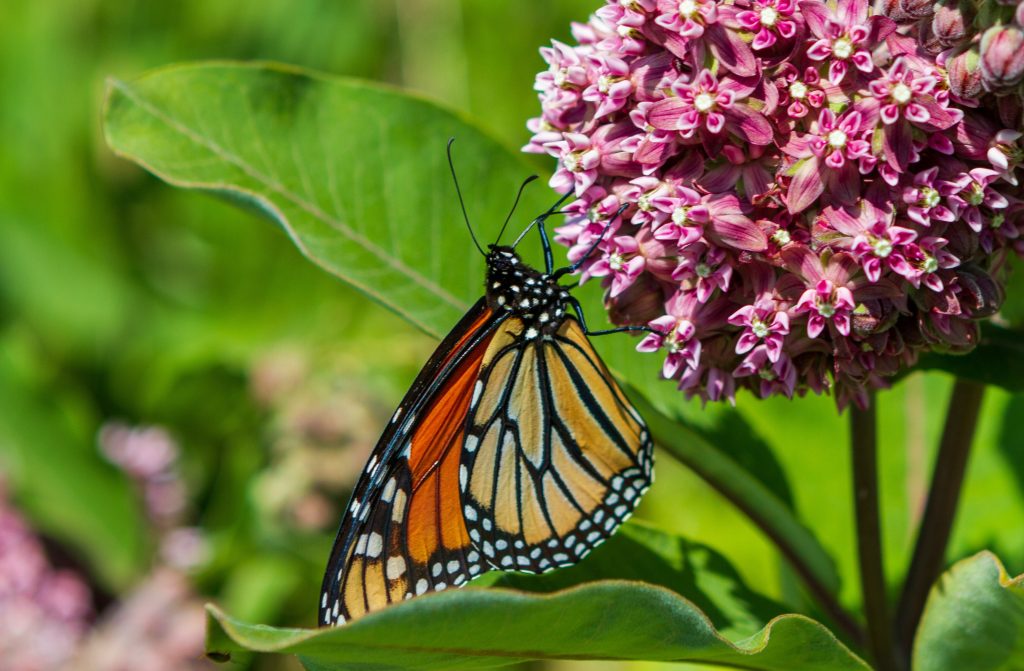A colorful orange and black insect commonly seen flying through gardens in the Keystone State is now closer to extinction. In recognition of Earth Day on Saturday, experts are calling attention to the dramatic decline of the migratory monarch butterfly population.
Chris Kubiak, director of education, Audubon Society of Western Pennsylvania, said depending on the weather patterns, monarch butterflies should be seen in Pennsylvania by early July, where they look for milkweed to lay their eggs so the monarch caterpillars can feed from it.
“They’re important pollinators; they pollinate a lot of specific plants. They’ve got, I think you would say, a symbiotic relationship with milkweed, not just the fact that certainly they need their caterpillars. That’s the only species that they can lay their eggs on, but they do a ton of the pollination,” Kubiak said.
Kubiak added the decrease in monarch butterflies is due to the loss of habitat, and said milkweed that used to be so ubiquitous has nearly disappeared because of habitat loss from development. In Pennsylvania, changes in agriculture, herbicides, and climate change are definitely impacting the survival of the monarch butterfly in the state because those things are detrimental to milkweed, he said.
Monica Echeverria, deputy director for media and external affairs with the World Wildlife Fund, said the monarch butterfly makes the largest migration of any insect in the world – flying all the way from the northeastern U.S. to Mexico. She added measurements of the area of Mexican forest where the Eastern migratory monarchs hibernate indicate fewer and fewer monarchs each year.
“And we have noticed since the last 20 to 25 years that this area of forest that they cover is declining big time each year,” she said. “But if you compare with the late ’90s to today, the decline is almost 90%.”
Echeverria emphasized their Monarch week-long campaign encourages millions of Americans to help stem the decline of the species by planting milkweed habitat along the butterfly’s annual migration route.




